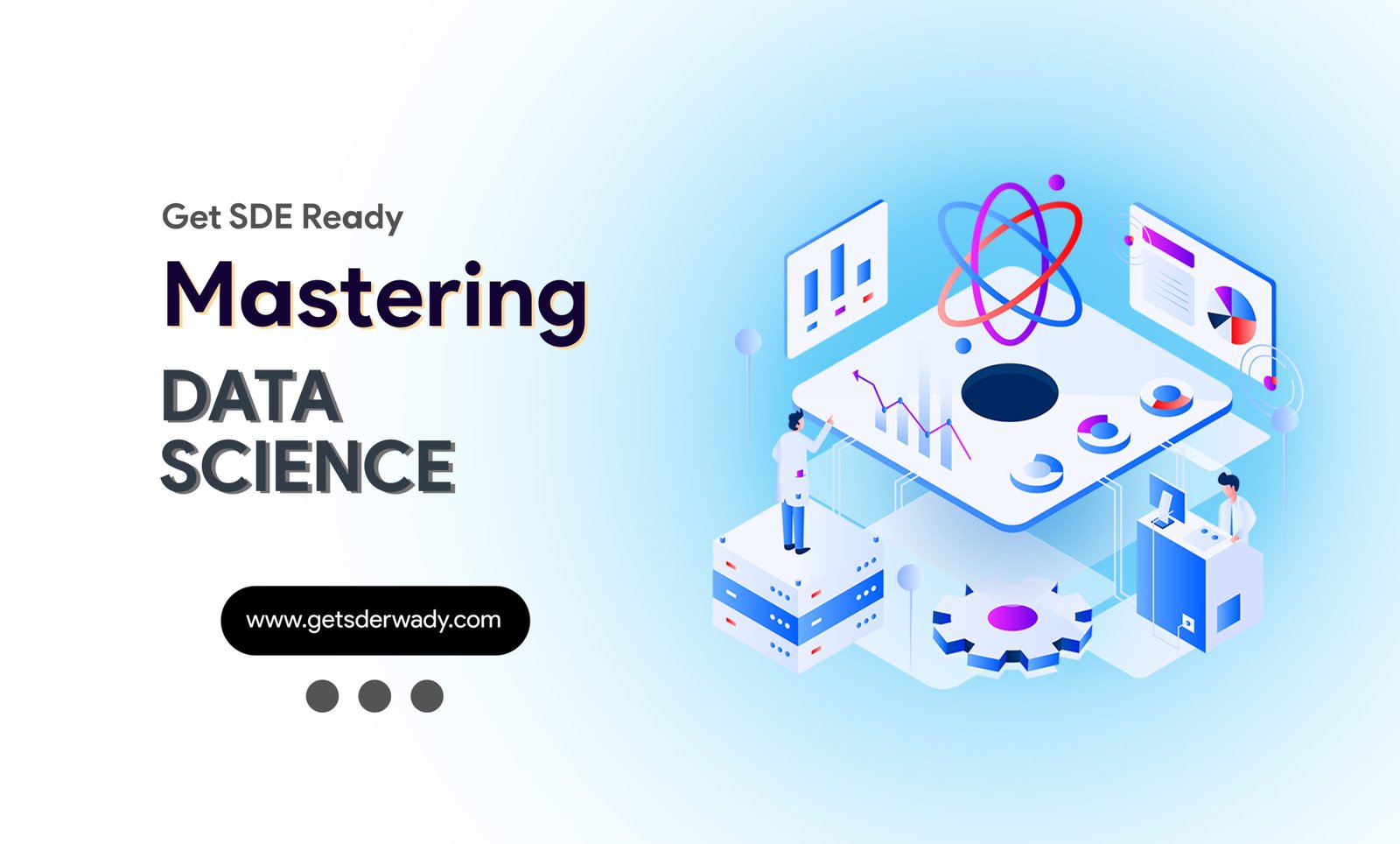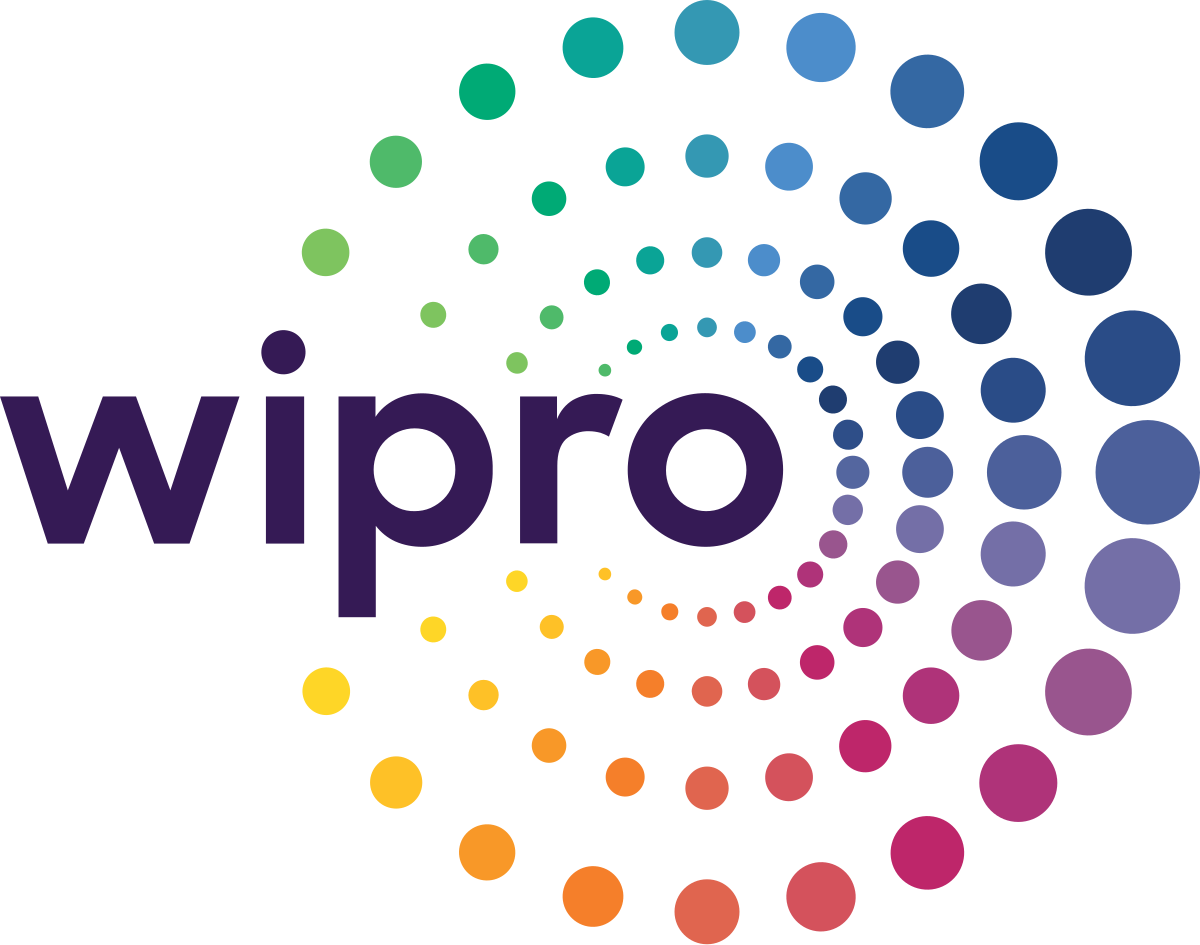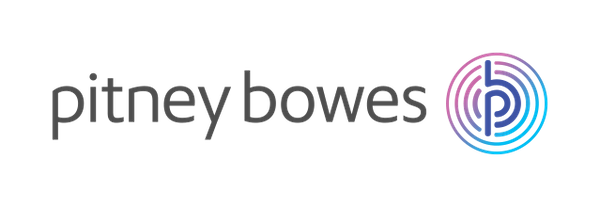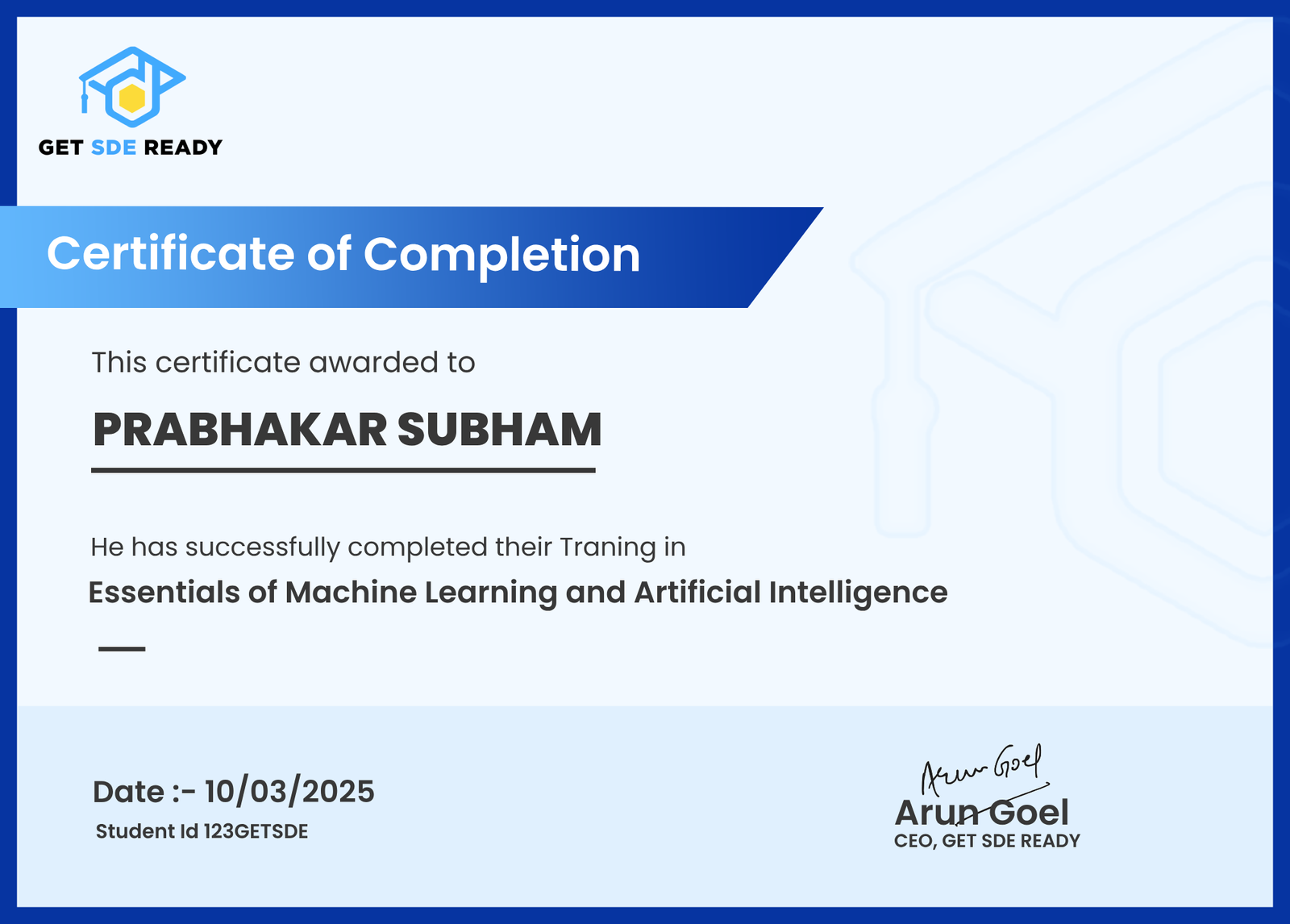Frequently Asked Questions
Easily find answers to common questions about our courses and services
Our courses are intended for anyone aspiring to become a Software Development Engineer. This includes university students who have very basic programming knowledge (2nd year or above), working professionals looking for a career switch or trying to upskill themselves, and anyone interested in the field of software development.
This course offers a no-questions-asked, full refund policy effective within seven days of its registration.
The course is 100% online. All the classes are going to be 100% live.
You will be getting recordings of your classes and you will have lifetime access to them.
Only basic programming knowledge is required.
We have 24/7 live doubt support. Also, we conduct live doubt classes regularly as well in the weekdays whose timings are from 9pm-11pm.
The course’s duration is expected to span between 5-6 months, though it can be extended if there is a need for additional classes focused on specific topics or further doubt sessions.
The course is for working professional only. That’s why the timings are such: Instructor classes are on the weekends from 12pm-3pm. Doubt Classes are on the weekdays from 9pm-11pm.
Yes! you will be getting certificate of completion.
Yes we provide placement assistance.
Its in 4 steps:
- We will help you create a strong resume that increases your chances of getting shortlisted by companies.
- We will optimise your LinkedIn profile to ensure that recruiters can easily find and connect with you.
- We will conduct mock interviews to help you assess your skills and prepare you to excel in real interviews.
- We provide referrals to help you apply to top companies and get your interviews scheduled.
Yes, we completely understand that, as a working professional, you might face challenges. You can attend the live classes in any of the next three consecutive batches.
































































































